Finding The Best RC Drift Car For You
Last updated: April 29, 2024
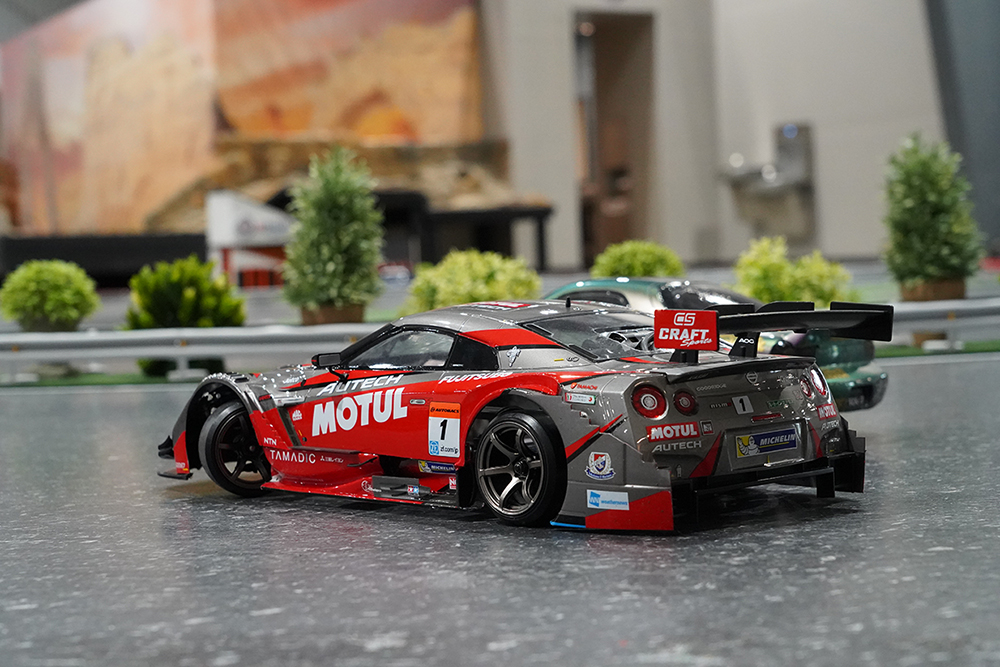
Welcome to the world of RC drifting! If you're searching for the best RC drift car, you've come to the right place. Let us help you find the perfect RC drift car to get started.
What makes a Drift chassis?
In its most simple form, RC drift cars require a chassis that has a strong rear weight bias and high steering angles. The rear weight bias allows the rear end of the car to slide out right before a turn, and the added steering angle allows the driver to control the slide through the entire corner.
Non-drift specific chassis do not require the same amount of steering angle. These types of RC cars can allow for some sideways fun, however, they can struggle when approaching larger drift angles.
What about drift tires?
The most common surfaces for drifting are Asphalt, Polished Concrete, Carpet, and VCT-Tile. Each of these surfaces will require a different compound of tire to get the best sideways action.
Now, ready to go out of the box, or build your own fun?
Ready to Run (RTR) RC Drift Cars: A Great Place to Start
RTR models are an excellent choice for beginners. They include most of the necessary components, allowing you to get into the action right away.
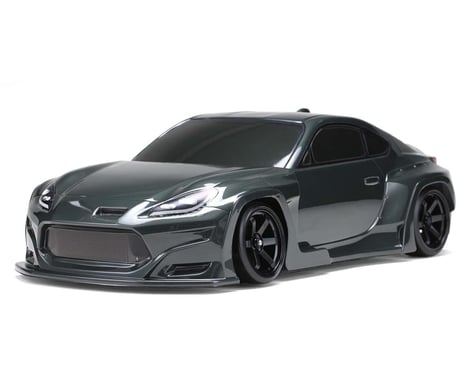
Best Budget RC Drift Car: Yokomo RD1.0 RTR
For a budget-friendly option, we believe the Yokomo RD1.0 is the way to go. Designed to address the common challenges beginners encounter, this all-inclusive set simplifies chassis assembly, RC equipment installation, and body painting. Whether you're just starting or honing your skills, this kit offers the perfect solution for maintenance, tuning, and thrilling drift experiences, catering to the needs of both newcomers and aspiring drift pros. This RTR platform only requires 4 AA batteries, and you're ready to go.
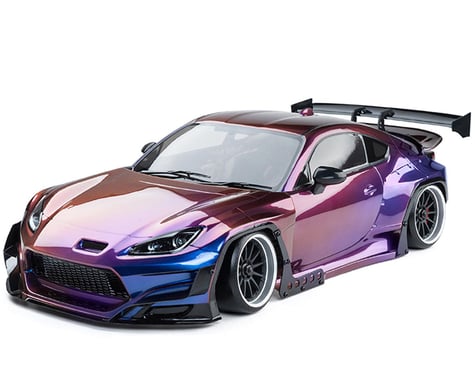
Popular RC Drift Car: MST RMX 2.5 RTR
The MST RMX 2.5 RTR is popular among those starting their RC drifting journey, as they have a ton of body options to choose from.
Unassembled RC Drift Kits: For the More Experienced
If you already have some RC equipment, consider going for a kit. This allows you to choose your own electronics and other components.
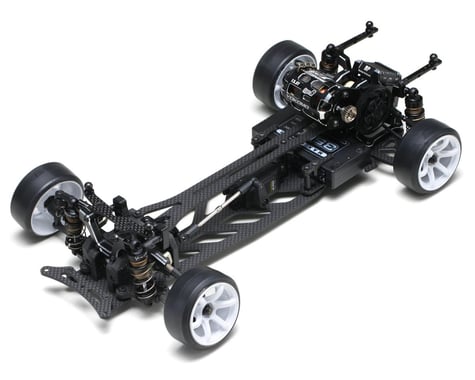
#1 RC Drift Kit: Yokomo MD 2.0 Drift Car
Considered one of the best, the Yokomo MD 2.0 has to be the most cutting-edge, revolutionary, and most fully loaded drift chassis to come out of Japan. While it is a bit more expensive, it's designed to give a driving experience like no other, making it a solid investment for serious RC drifters.
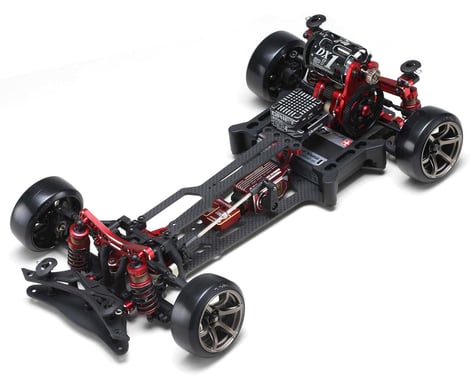
Top Budget Competition Drift Kit: Yokomo SD 2.0
For a more budget-friendly competition drift kit option, the Yokomo SD 2.0 is a popular choice. With enough tuning capabilities to get lost in, this chassis is great for novice to adept level drivers. We believe this is a great starting point for drivers to grow with a chassis.
Micro RC Drifting: A Fun Alternative
Micro RC drifting is another exciting area with great RTR models. The best budget-friendly models include the UDI RC 1/16 On-Road RC cars and the Kyosho Mini-Z.
Shop micro drift carsTypes of RC drift cars:
In RC drifting there are many different chassis to choose from. Things like 2WD or 4WD and motor placement within the chassis all play a factor in choosing the best drift car chassis. 2WD RC drifting took off in popularity in the early 2000s with the HPI Racing Sprint 2 Drift car. 4WD drifting also took off in the early 2000s with the Yokomo Drift Package Type-C. These early drift chassis did not have many of the luxuries that we have now, however, they paved the way for modern RC drift cars. We created this list to help explain the workings of each chassis type to ensure drift enthusiasts get the best drift car to meet their driving style, driving surface, and budget.
2WD Chassis:
2WD drift chassis has many features that allow drivers to adjust how the chassis handles. These chassis are Rear-Wheel-Drive (RWD) and allow for a more realistic looking drift when compared to a 4WD drift car. A key option that is available for 2WD chassis is the motor position within the chassis. Some chassis will feature a front motor, mid motor with different mounting positions, or rear motor. Each chassis variant gives a unique feel and gives you a solid platform to learn and build on.
4WD Chassis:
4WD drift cars work by holding a controlled powerslide through a corner. Typically they will be shaft-driven chassis and have the motor central within the chassis. On some performance chassis, the front drivetrain will use a ball or gear differential, and the rear will use a ball differential or a locked axle. These types of chassis are great for all-around fun, however, it can be tough to hold sharp drift angles for more competitive drift tracks.
Motor Placements:
Front Motor
A front motor drift chassis will have the motor sitting between the front tires, and will often use a driveshaft to connect the motor to the rear-end.
Mid-Motor
Mid-motor chassis have the motor sitting more central within the chassis, typically in front of the rear shock tower. Having the motor in this position allows for more rear weight and lets the chassis swing out more into the turn on the initial slide.
Rear Motor
By positioning the motor behind the rear tower, these cars benefit from enhanced rear-end traction and stability, allowing for smoother and more controlled drift maneuvers.
Cars For The Beginner
Getting into drifting can be intimidating, so we’ve put together some simple packages to get started. Aside from the chassis itself, you will need to select a radio to control the car, an electronic speed control and motor to give the car power along with gyro and servo to help the car steer.

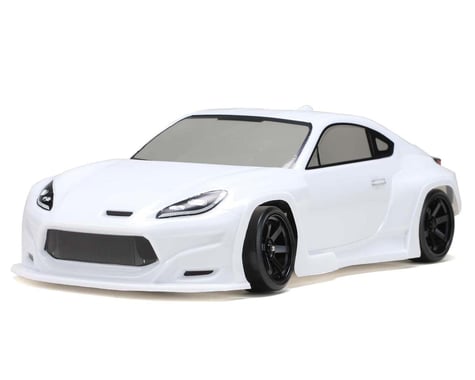 Yokomo RD1.0 1/10 RWD RTR Electric Drift Car
Yokomo RD1.0 1/10 RWD RTR Electric Drift Car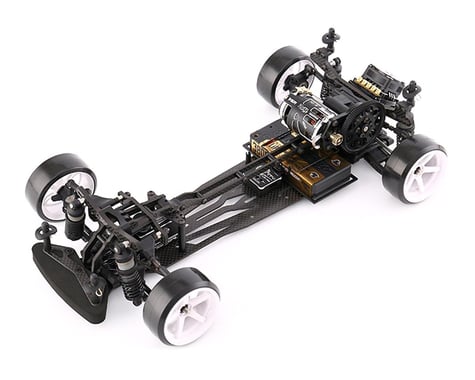 Usukani NGE 2WD RWD 1/10 Electric Drift Car Kit
Usukani NGE 2WD RWD 1/10 Electric Drift Car Kit